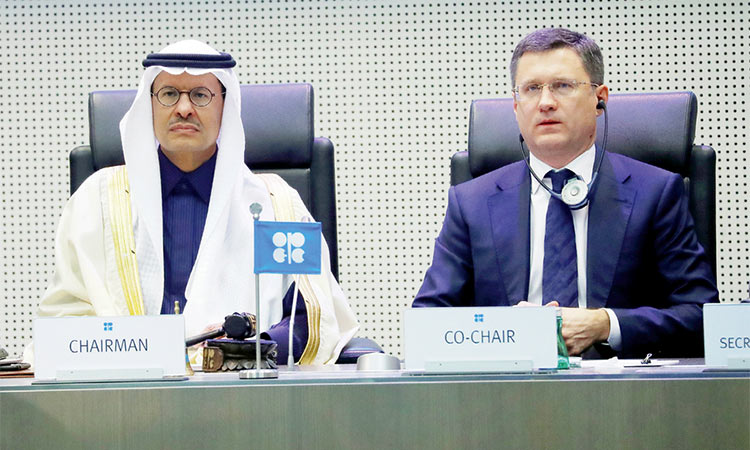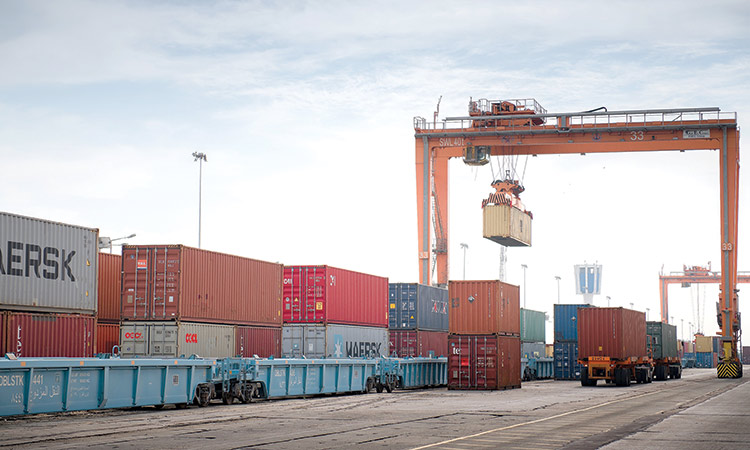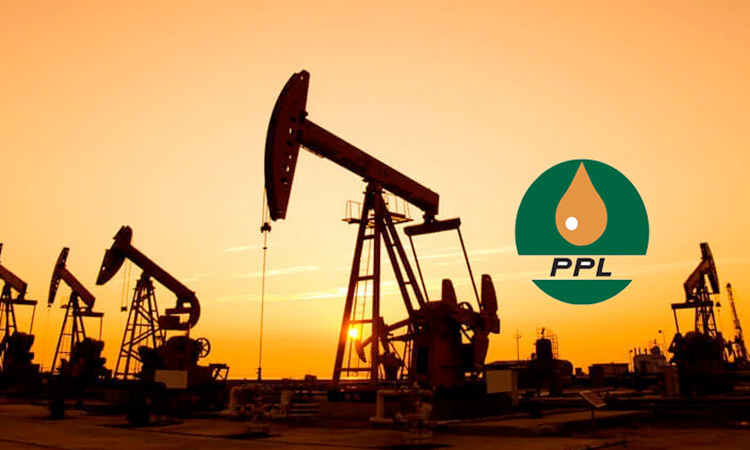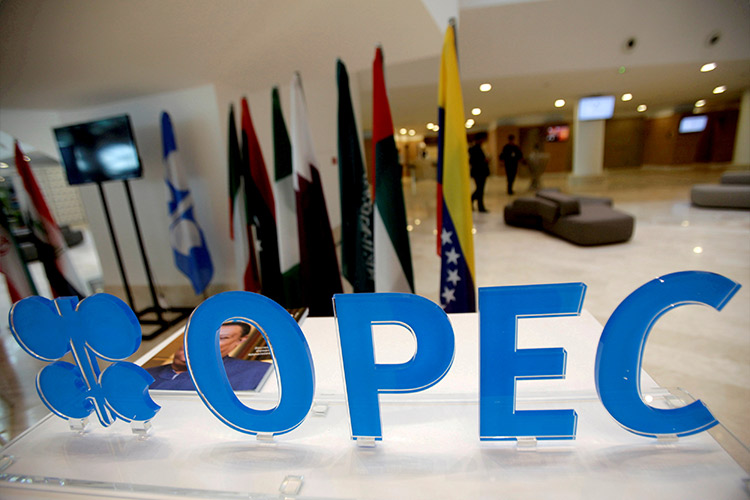Oil prices set for biggest yearly rise since 2016
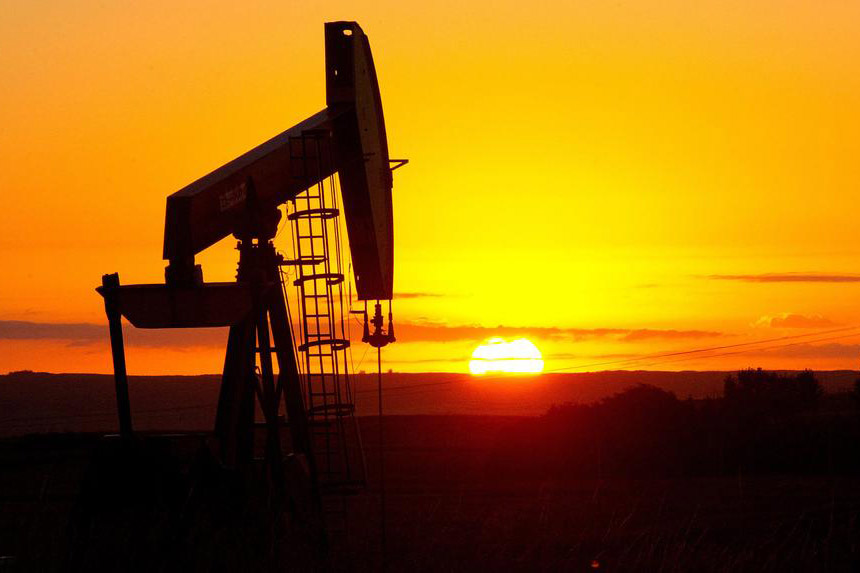
The photo has been used for illustrative purposes.
Brent crude was up 11 cents at $66.78 a barrel by 1143 GMT. US West Texas Intermediate (WTI) crude rose 6 cents at $61.74 per barrel.
The volume of trade remained low as many market participants were away for year-end holidays.
Brent has gained about 24% in 2019 and WTI has risen 35%. Both benchmarks are set for their biggest yearly gains in three years, backed by a breakthrough in US-China trade talks and output cuts pledged by the Organization of the Petroleum Exporting Countries and its allies.
Signs of progress in the talks between Washington and Beijing and likelihood of signing a trade deal as early as next week boosted factories’ output and Chinese manufacturing activity expanded for a second straight month.
China’s Purchasing Managers’ Index (PMI), an index showing economic trends in the manufacturing and service sectors, was unchanged at 50.2 in December from November, but still remained above the 50-point mark that separates growth from contraction.
Oil prices are likely to hover around $63 a barrel next year, a Reuters poll showed on Tuesday, benefiting from deeper production cuts by Opec and its allies, and hopes that a US-China trade deal could jumpstart economic growth.
“Oil prices, though largely expected to trade positive, will face headwinds from subdued global growth momentum and robust US shale output levels in the first quarter (of 2020),” said Benjamin Lu, analyst at Phillip Futures.
(Reporting by Bozorgmehr Sharafedin in London, Jane Chung in Seoul, editing by Louise Heavens and David Evans) Stock markets end final session lower but up sharply on year London, Dec 31, 2019 (AFP) - Stock markets mostly retreated Tuesday in shortened end-of-year sessions, but rose sharply overall in 2019 thanks to late surges on receding recession fears and easing China-US trade war tensions.
London’s benchmark FTSE 100 index closed down 0.6 per cent from the previous session − but jumped 12.1 per cent in 2019 as it bounced back from a 12.5-percent slump a year earlier.
In the eurozone, the Paris CAC 40 index ended 0.1 per cent lower, yet soared by more than a quarter over the year.
Frankfurt’s DAX 30 finished its year Monday with an annual gain of 25.5 per cent, also following a sharp loss in 2018.
The pound finished a volatile year with gains Tuesday against the dollar and euro.
“It has been a year for rallies in equities,” said Chris Beauchamp, chief market analyst at IG trading group.
“We endured plenty of Brexit and trade war headlines in 2019, but these will go with us into next year, ensuring more volatility for traders and investors.” Asian stock markets also closed mainly lower on Tuesday, following a subdued lead overnight from the US where investors took profits after Wall Street’s recent record highs.
Hong Kong ended a half-day of trading almost 0.5 per cent down, although the bourse rallied more than seven per cent in December. Tokyo was shut for a public holiday.
“While market volumes are predictably light, investors continue to strike a year-end cautionary tone as December optimism is gradually giving way to 2020’s uncertainty,” Stephen Innes, chief Asia market strategist at AxiTrader, said in a client note.
Asian investors were also watching for key policy announcements early in the New Year.
North Korean leader Kim Jong Un is set to give his New Year’s speech on Wednesday, with all eyes on nuclear-armed Pyongyang’s threat of a “new way” after its end-of-year deadline for sanctions relief from the US, analysts said.
An address by China’s Xi Jinping will be followed closely by the markets as well.
On Monday, media reports said the US and China would shortly sign a partial trade deal, with White House economic aide Peter Navarro telling Fox News the signing could occur “within a week or two”.
“The P1 (phase one) deal is still ‘skinny’ relative to a full trade de-escalation scenario,” cautioned AxiTrader’s Innes.
“Investors will then press to consider the P2 risks, after all − how much more progress can be realistically expected ahead of the US elections next year?” Elsewhere Tuesday, oil prices slid despite reports Iran had seized a vessel suspected of smuggling fuel near the Strait of Hormuz − a chokepoint for a third of the world’s seaborne oil. Traders were also waiting for the release of US crude production data Tuesday.
Over the year, the price of Brent North Sea crude jumped by almost one quarter and New York benchmark contract WTI soared more than one third in value, helped by a tighter supply situation.
Agencies
